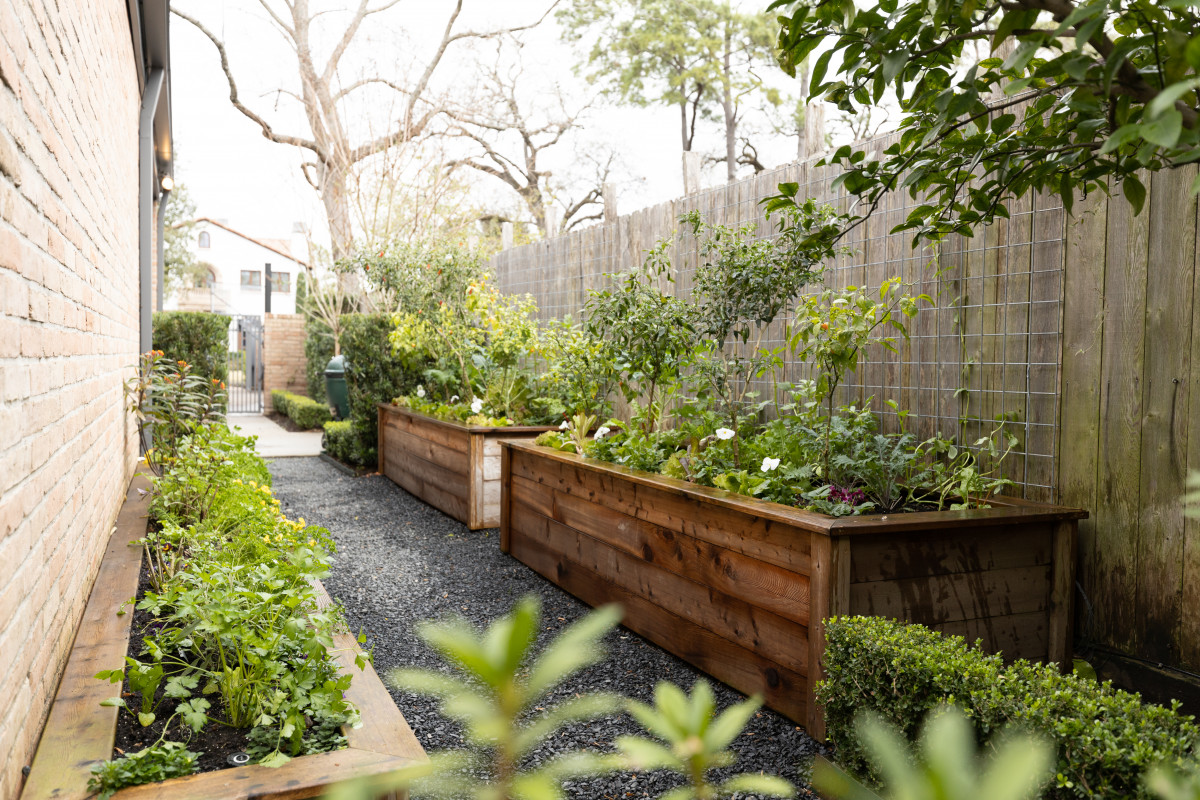

Articles
How Much Sun Does A Vegetable Garden Need
Modified: January 5, 2024
Learn about the ideal amount of sunlight for your vegetable garden and master the art of gardening with helpful tips and tricks.
(Many of the links in this article redirect to a specific reviewed product. Your purchase of these products through affiliate links helps to generate commission for Storables.com, at no extra cost. Learn more)
Introduction
Welcome to the wonderful world of gardening! Whether you are a seasoned gardener or just starting out, understanding the importance of sunlight in a vegetable garden is crucial for success. Sunlight is a vital element that directly affects the growth and development of plants, including the vegetables you are planning to cultivate. In this article, we will explore the significance of sunlight in vegetable gardens, factors that affect sunlight needs, how to determine the ideal sunlight requirement for different vegetables, assessing the sunlight conditions in your garden, tips for maximizing sunlight, and common sunlight-related issues in vegetable gardens.
Gardening not only provides you with fresh and organic produce but also offers a therapeutic and rewarding experience. Like all living organisms, plants require energy to thrive. This energy is derived from the sun through a process called photosynthesis. Sunlight provides plants with the necessary light energy to convert carbon dioxide and water into glucose and oxygen, fueling their growth.
In a vegetable garden, the amount and intensity of sunlight can directly impact the productivity and quality of your crops. Adequate sunlight ensures proper photosynthesis, leading to healthier and more robust plants. It helps to maximize the yield, flavor, and nutritional value of the vegetables you grow. Additionally, sunlight plays a crucial role in preventing diseases and promoting plant resilience.
Now that we understand the importance of sunlight in vegetable gardens, let’s explore the factors that can influence sunlight needs for different vegetables.
Key Takeaways:
- Embrace the power of sunlight in your vegetable garden to fuel photosynthesis, enhance fruit development, and boost plant resilience, leading to healthy growth and bountiful harvests.
- Assess and optimize sunlight conditions based on plant type, climate, and garden layout to ensure each vegetable receives the ideal amount of sunlight for thriving and producing flavorful, nutritious yields.
Read more: How Much Space Does A Recliner Need?
The Importance of Sunlight for Vegetable Gardens
Sunlight is like a lifeline for plants in a vegetable garden. Its significance cannot be overstated, as it affects various aspects of plant growth and overall garden productivity.
First and foremost, sunlight is essential for photosynthesis, the process by which plants convert light energy into chemical energy to create glucose. This glucose serves as the plant’s food source and supports its growth and development. Without adequate sunlight, plants would struggle to produce enough food to sustain themselves, leading to stunted growth and weak harvests.
Furthermore, light plays a crucial role in the formation and development of fruits and vegetables. Sunlight triggers the process of fruit ripening by stimulating the production of sugars and pigments in the plant cells. This results in flavorful and vibrant-colored produce that is more appealing both visually and gastronomically.
Additionally, sunlight is vital for proper nutrient absorption in plants. It helps activate essential minerals in the soil, allowing plants to uptake nutrients efficiently. Without adequate sunlight, plants may suffer from nutrient deficiencies, leading to reduced yields and compromised plant health.
Another significant benefit of sunlight in vegetable gardens is pest and disease prevention. Sunlight not only provides warmth to the soil but also helps to dry out excessive moisture, reducing the chances of fungal diseases. Additionally, direct exposure to sunlight can deter certain pests and insects that thrive in shady and damp conditions.
Moreover, sunlight plays a crucial role in promoting plant resilience. Plants grown in full sun tend to have thicker stems and stronger branches, making them more resistant to wind damage. The exposure to sunlight also helps to increase the plant’s tolerance to stressful conditions such as heat, cold, and drought.
Overall, sunlight is essential for the overall health, growth, and productivity of the plants in your vegetable garden. It influences photosynthesis, fruit development, nutrient absorption, pest prevention, and plant resilience. With a sufficient amount of sunlight, you can expect bountiful harvests of flavorful and nutritious vegetables.
Factors Affecting Sunlight Needs in Vegetable Gardens
While sunlight is crucial for vegetable gardens, the specific sunlight requirements can vary depending on a variety of factors. Understanding these factors will help you determine the ideal sunlight conditions for your plants and optimize their growth. Here are some key factors that affect sunlight needs in vegetable gardens:
- Plant Type: Different vegetables have varying sunlight requirements. Some vegetables, like tomatoes and peppers, thrive in full sun and require at least 6-8 hours of direct sunlight per day. On the other hand, leafy greens such as lettuce and spinach can tolerate partial shade and need around 4-6 hours of sunlight. Root vegetables like carrots and beets can also tolerate partial shade but might benefit from slightly more sun exposure for optimal growth.
- Climate: The climate in which your vegetable garden is located plays a significant role in determining sunlight needs. In regions with hot and dry summers, providing some shade during the hottest parts of the day can protect delicate plants from scorching and enhance their ability to photosynthesize. Conversely, in cooler climates, where sunlight might be limited, it becomes essential to maximize the available sun exposure by strategically placing your garden to receive the most natural light.
- Season: Sunlight availability can vary throughout the year due to seasonal changes. In the summer months, when the sun is at its peak, sunlight is abundant, providing ample opportunities for your vegetables to flourish. However, in spring and fall, when the sun is lower in the sky, it is crucial to assess the sunlight conditions and adjust the positioning of your plants or provide additional sources of light if necessary.
- Garden Layout: The layout of your garden can influence the amount of sunlight each plant receives. Tall plants or structures, such as fences or trees, can cast shadows and create areas of reduced light. Carefully plan your garden layout to ensure that shorter plants are not overshadowed by taller ones and that each plant receives the required amount of sunlight for optimal growth.
- Microclimates: Your garden might have microclimates, which are small areas with slightly different climatic conditions. Some parts of your garden might receive more sun, while others might be shaded due to buildings, walls, or nearby trees. Understanding these microclimates is essential in determining where to plant specific vegetables based on their sunlight needs.
By considering these factors, you can create the best possible sunlight conditions for your vegetable garden. Observing and understanding the unique requirements of each plant will ensure that they receive the appropriate amount of sunlight, leading to healthy growth and abundant harvests.
Determining the Ideal Sunlight Requirement for Different Vegetables
Each vegetable has its own specific sunlight needs to thrive and produce a successful harvest. While some vegetables thrive in full sun, others can tolerate partial shade. Here are some guidelines to help you determine the ideal sunlight requirement for different vegetables:
- Full Sun Vegetables: Vegetables that love full sun require at least 6-8 hours of direct sunlight per day. These include popular crops like tomatoes, peppers, cucumbers, and beans. When selecting a spot for these vegetables, choose an area in your garden that receives the maximum amount of sunlight throughout the day. This ensures that they get enough light to fuel their growth and maximize their yield.
- Partial Shade Vegetables: Certain vegetables can tolerate partial shade and require around 4-6 hours of sunlight per day. Leafy greens like lettuce, spinach, and kale fall into this category. These cool-season crops can perform well in areas with partially shaded spots, especially in warmer climates where excessive sun exposure can cause them to bolt or become bitter.
- Shade-Tolerant Vegetables: Some vegetables can thrive even in areas with limited direct sunlight. These include root vegetables like carrots, beets, and radishes, as well as herbs like parsley and cilantro. They can tolerate 3-4 hours of sunlight or dappled shade and can be grown in shadier areas of your garden or under taller plants that provide some relief from intense sunlight.
- Adjusting Sunlight Exposure: If your garden experiences intense heat or receives too much direct sunlight, you can use shading techniques to protect your plants. This can be done by using shade cloth, erecting temporary structures like trellises or umbrellas, or positioning plants strategically to take advantage of natural shade provided by nearby buildings or trees. Conversely, if your garden receives limited sunlight, consider using reflective materials like mirrors or white surfaces to bounce sunlight onto shaded areas or invest in artificial lighting sources for indoor or container gardening.
- Experiment and Observation: Always keep in mind that these are general guidelines, and every garden is unique. Factors such as microclimates, soil composition, and surrounding structures can influence the sunlight conditions in your specific garden. It’s important to observe your plants closely and monitor their growth. If you notice signs of insufficient sunlight, such as yellowing leaves, weak stems, or poor fruit development, consider adjusting the positioning or providing additional sunlight to ensure optimal growth.
Remember, providing the ideal sunlight requirement for different vegetables is crucial for their growth, productivity, and overall health. By understanding the specific needs of each plant and making necessary adjustments, you can create a favorable environment for your vegetable garden to thrive and reap plentiful rewards.
Most vegetables need at least 6 hours of direct sunlight per day to thrive. Be sure to place your garden in a sunny spot to ensure healthy growth and abundant harvests.
Assessing the Sunlight Conditions in your Garden
Before you start planting your vegetables, it’s important to assess the sunlight conditions in your garden. Understanding the amount and quality of sunlight will help you make informed decisions about what to plant and where to position your crops. Here are some steps to assess the sunlight conditions in your garden:
- Observe Throughout the Day: Spend time in your garden and observe the patterns of sunlight throughout the day. Pay attention to areas that receive direct sunlight, as well as those that are partially shaded or fully shaded. Take note of how the sunlight moves across your garden, considering both the time and duration of direct sun exposure in different areas.
- Identify Obstacles: Look for any obstacles that might block or filter sunlight. Trees, buildings, walls, or even neighboring structures can cast shadows and create areas of reduced light. Identify these obstacles and consider their impact on the overall sunlight availability in your garden. Keep in mind that shadows can vary depending on the time of day and the season, so observe your garden at different times to get a complete picture.
- Use a Sunlight Meter: If you want a more precise measurement of sunlight intensity, you can use a sunlight meter or a smartphone app that measures light intensity. These devices can provide you with a better understanding of the light levels in different areas of your garden. Measure the light at various spots to determine the variations in sunlight intensity and make informed decisions about where to plant various vegetables.
- Consider Microclimates: Take into account any microclimates that exist in your garden. These are small areas with slightly different climatic conditions, including sunlight availability. Some parts of your garden might receive more direct sunlight, while others might be shaded due to nearby structures or vegetation. Identify these microclimates and plan your vegetable planting accordingly, placing sun-loving plants in sunnier spots and shade-tolerant vegetables in shadier areas.
- Keep Records: Keep a record of the sunlight conditions in your garden throughout the year. Note the changes in sunlight intensity and duration as the seasons progress, as this can help you plan for different crops and adjust your planting strategy accordingly. By maintaining records, you can also identify any patterns or trends in sunlight availability and make necessary adjustments in subsequent growing seasons.
Assessing the sunlight conditions in your garden is a crucial step in planning and optimizing your vegetable garden’s productivity. By being aware of the sunlight patterns, obstacles, and microclimates, you can strategically position your plants and provide them with the necessary light for healthy growth and abundant harvests.
Read more: What Gardeners Need
Tips for Maximizing Sunlight in Vegetable Gardens
To ensure your vegetable garden thrives, it’s important to maximize the sunlight it receives. Here are some tips to help you make the most of available sunlight:
- Choose the Right Location: Select a location for your vegetable garden that receives ample sunlight throughout the day. Look for an area with minimum obstructions like tall trees or buildings that could cast shadows and block the sun. Ideally, your garden should be situated in an open and sunny spot.
- Position the Garden Beds Properly: Arrange your garden beds in a way that allows the plants to receive optimal sunlight. Position taller plants or structures, such as trellises or stakes, on the northern or western side of the garden beds. This will prevent them from casting shadows on the shorter plants, ensuring they get adequate light exposure.
- Utilize Reflective Surfaces: Maximize sunlight by using reflective surfaces in your garden. Place reflective materials like white stones, pebbles, or aluminum foil around your plants. These surfaces will help bounce sunlight back onto the leaves, increasing the overall light available to the plants.
- Prune Overhanging Branches: If there are trees or shrubs with overhanging branches that shade your garden, consider pruning them back to allow more sunlight to reach your plants. Trimming these branches will not only increase the light penetration but also prevent any potential damage caused by falling branches.
- Use Vertical Gardening Techniques: Take advantage of vertical gardening techniques to increase the exposure of your plants to sunlight. Grow vining vegetables like cucumbers, beans, and peas on trellises or vertical structures. This way, they can climb and receive more direct sunlight while making efficient use of limited space.
- Practice Seasonal Planting: Consider the seasonal changes in sunlight and adjust your planting strategy accordingly. During the cooler months or when the sun is lower in the sky, focus on growing shade-tolerant vegetables in shadier areas. As the seasons change and the sun’s angle increases, plant sun-loving vegetables that thrive in full sun.
- Provide Sunlight for Indoor Gardens: If you are growing vegetables indoors, make sure to provide them with ample light. Place them near windows that receive the most sunlight, or use artificial grow lights to supplement the natural light. Adjust the light intensity and duration according to the specific requirements of your vegetable plants.
- Monitor and Adjust: Continuously monitor the sunlight conditions in your garden as the seasons progress and make necessary adjustments. Observe the growth and health of your plants, ensuring they are receiving enough sunlight. If you notice signs of insufficient light, consider repositioning your plants or implementing additional shading or reflective techniques as needed.
By implementing these tips, you can maximize the sunlight exposure in your vegetable garden, providing your plants with the energy they need to thrive. Remember, the goal is to optimize sunlight availability for your plants, as this will result in healthier growth, higher yields, and more abundant and flavorful vegetables.
Common Sunlight-Related Issues in Vegetable Gardens
While sunlight is essential for the success of your vegetable garden, certain issues related to sunlight can arise and affect plant growth. Being aware of these issues will help you identify and address them promptly. Here are some common sunlight-related issues in vegetable gardens:
- Insufficient Sunlight: One of the most common issues is insufficient sunlight. If your plants do not receive enough sunlight, they may become weak and pale, have stunted growth, or fail to yield a good harvest. Ensure that you position your garden in a location with adequate sunlight exposure and make necessary adjustments to maximize the amount of light your plants receive.
- Uneven Sunlight Distribution: Another issue is uneven sunlight distribution. This can occur due to obstacles like buildings, trees, or neighboring structures that cast shadows on certain areas of your garden. It’s important to assess these obstacles and their impact on sunlight availability. Adjust the layout of your garden, use reflective surfaces, or trim obstructing branches to ensure an even distribution of sunlight across your plants.
- Excessive Sun Exposure: While sunlight is necessary, excessive exposure can also cause problems. In extremely hot climates, prolonged and intense sunlight can lead to sunscald, wilting, or burning of leaves. To protect your plants from excessive sun exposure, provide shade during the hottest parts of the day using shade cloths, umbrellas, or temporary structures. Additionally, ensure proper watering to prevent dehydration and heat stress.
- Seasonal Changes: Seasonal changes in sunlight can also affect your vegetable garden. Shorter days and lower sun angles in winter can limit the amount of available sunlight. In such cases, consider growing cold-tolerant vegetables or using artificial lighting for indoor gardens. Similarly, during the summer months, intense heat and longer days can necessitate extra care and monitoring to prevent heat stress and sunburn on delicate plants.
- Too Much Shade: While some vegetables can tolerate partial shade, too much shade can hinder their growth. If your plants are not receiving adequate sunlight due to excessive shading, they may become leggy, have weak stems, or produce smaller yields. Consider pruning nearby trees or moving containers to sunnier spots to provide the necessary light to your shade-intolerant plants.
- Microclimate Challenges: Microclimates within your garden can present challenges related to sunlight. Some areas might receive more direct sunlight, while others might be shaded due to nearby structures or vegetation. It’s important to observe these microclimate variations and plan your planting accordingly, placing sun-loving plants in sunnier spots and shade-tolerant vegetables in shadier areas.
By being vigilant and proactive in identifying these sunlight-related issues, you can take appropriate measures to address them and ensure optimal sunlight exposure for your vegetable garden. Remember to regularly observe your plants, make necessary adjustments, and provide the conditions they need to thrive.
Conclusion
Sunlight is undeniably a vital factor for the success of your vegetable garden. It fuels the process of photosynthesis, promotes fruit development, enhances nutrient absorption, and boosts plant resilience. By understanding the importance of sunlight and implementing strategies to maximize its availability, you can create an environment that fosters healthy growth and abundant harvests.
Assessing the sunlight conditions in your garden, understanding the specific sunlight needs of different vegetables, and making necessary adjustments are key to ensuring optimal sunlight exposure. By choosing the right location, positioning garden beds properly, utilizing reflective surfaces, and strategically using shade, you can create an ideal environment for your plants to thrive.
It’s important to remember that sunlight requirements can vary depending on factors such as plant type, climate, season, garden layout, and microclimates. Therefore, continuous observation and adjustments are necessary to provide the best possible sunlight conditions for your vegetable garden.
Common sunlight-related issues like insufficient sunlight, uneven distribution, excessive exposure, seasonal changes, and too much shade can impact plant growth. Being aware of these issues and implementing appropriate measures will help you address them effectively and ensure the health and productivity of your plants.
Ultimately, by maximizing sunlight in your vegetable garden, you are setting the stage for a bountiful and rewarding experience. With proper sunlight exposure, your vegetables will flourish, providing you with fresh, nutritious, and delicious produce to enjoy.
So, embrace the power of sunlight in your vegetable garden, and let it illuminate your path to gardening success!
Frequently Asked Questions about How Much Sun Does A Vegetable Garden Need
Was this page helpful?
At Storables.com, we guarantee accurate and reliable information. Our content, validated by Expert Board Contributors, is crafted following stringent Editorial Policies. We're committed to providing you with well-researched, expert-backed insights for all your informational needs.
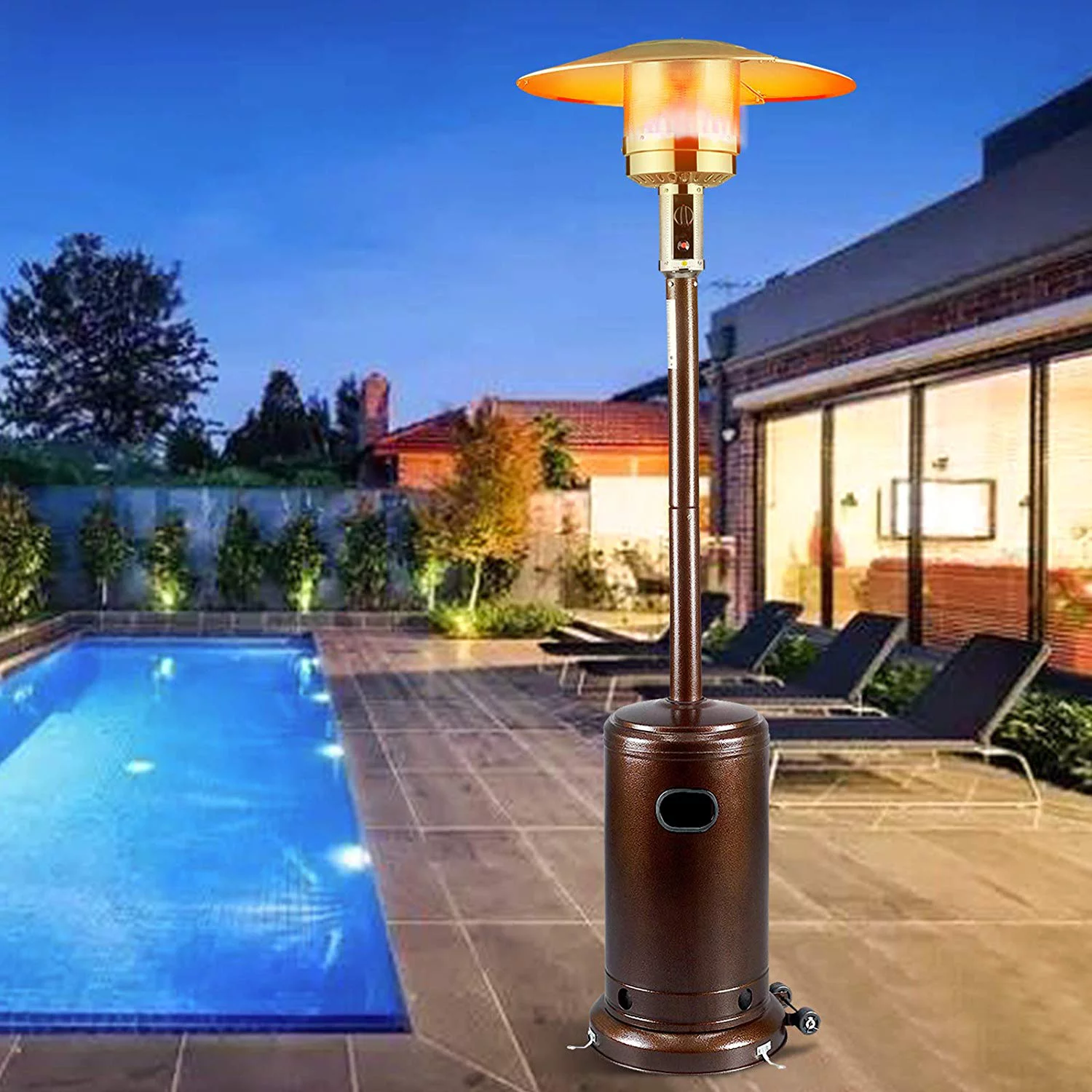






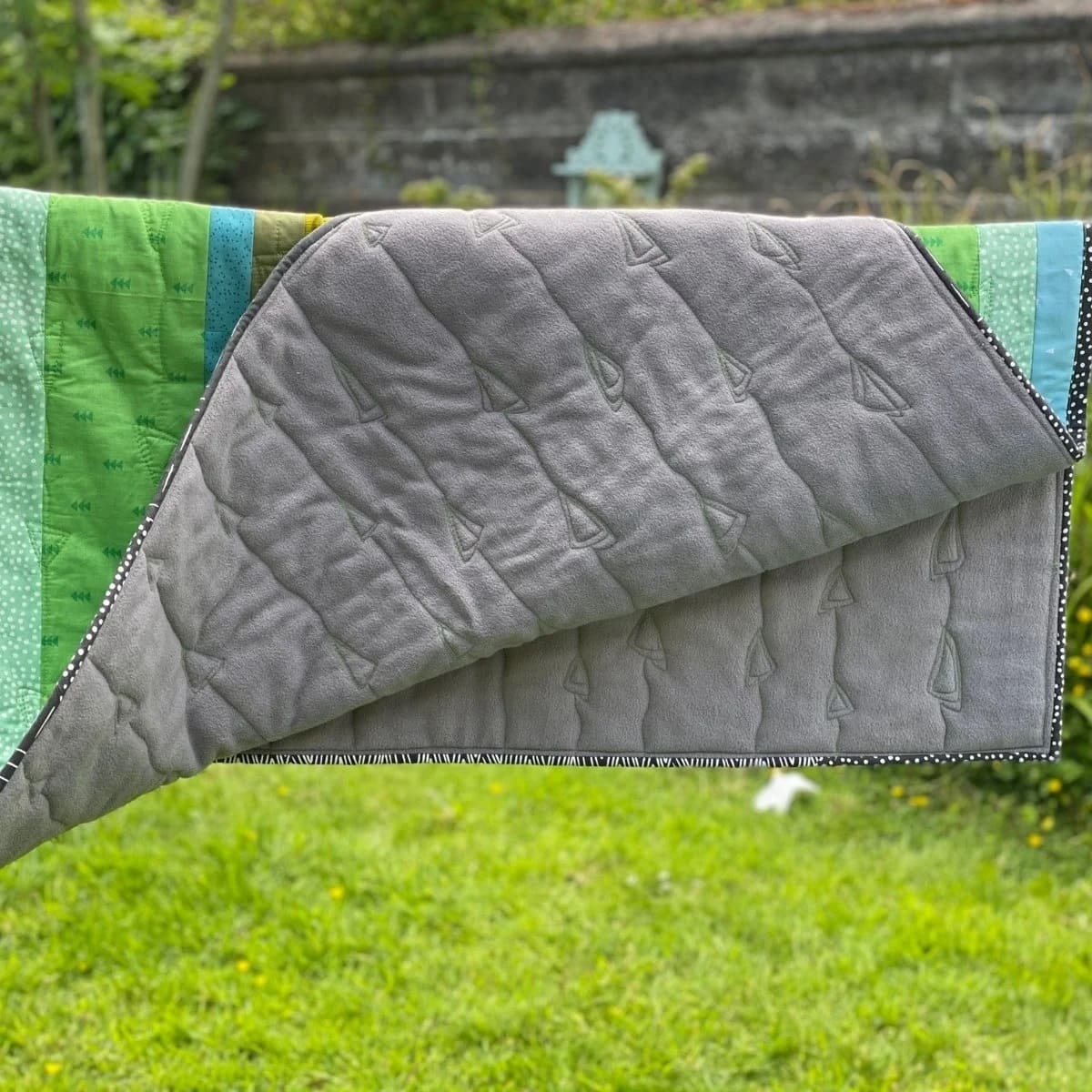


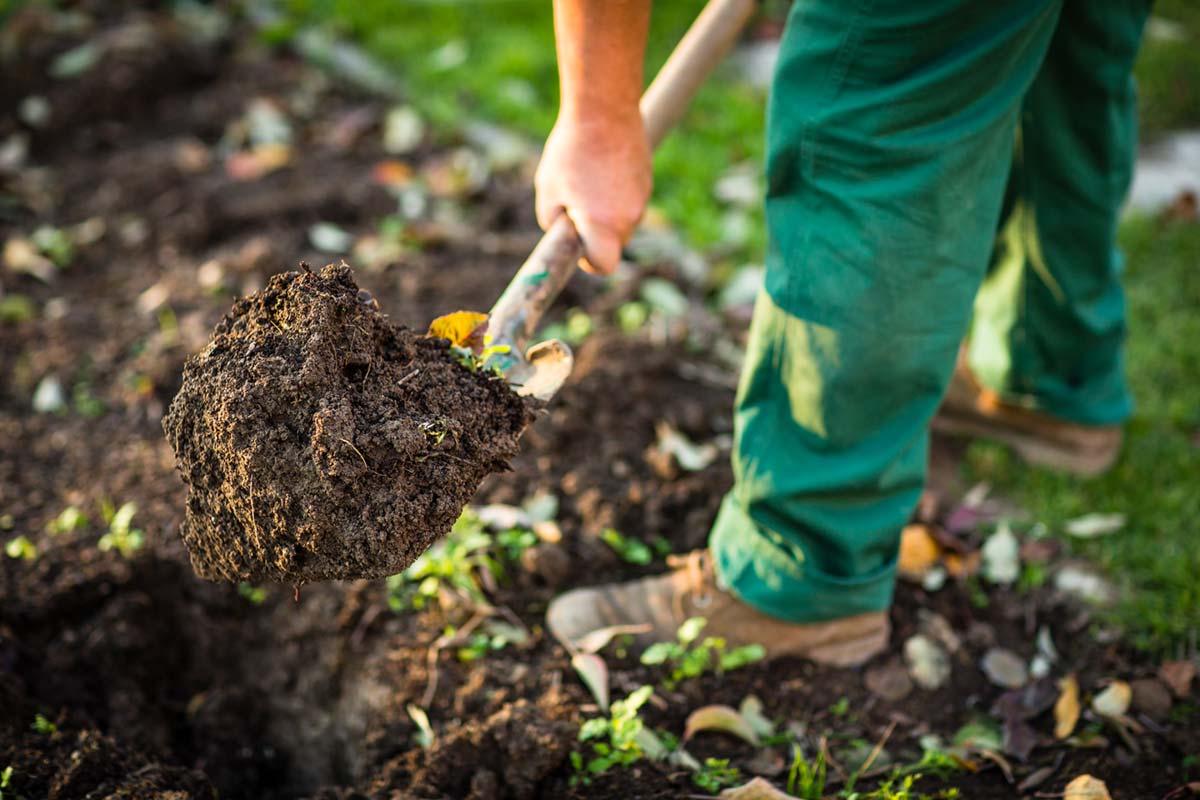
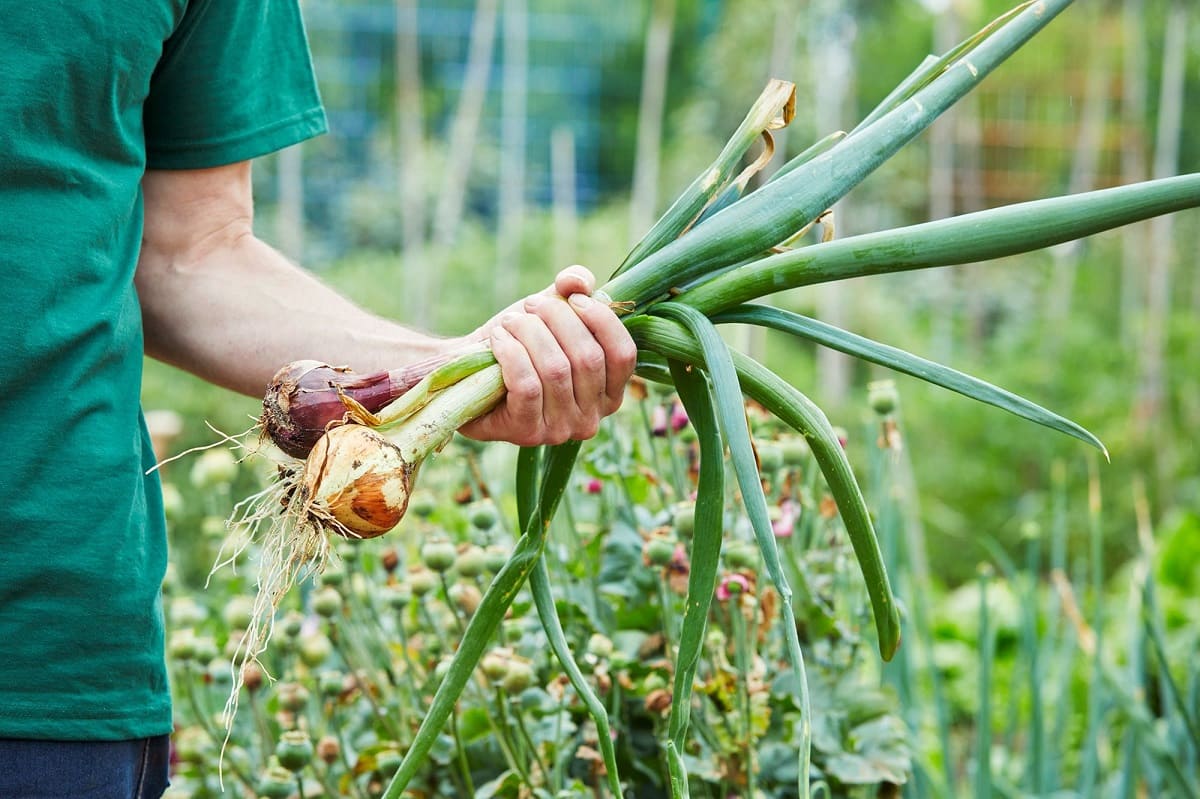
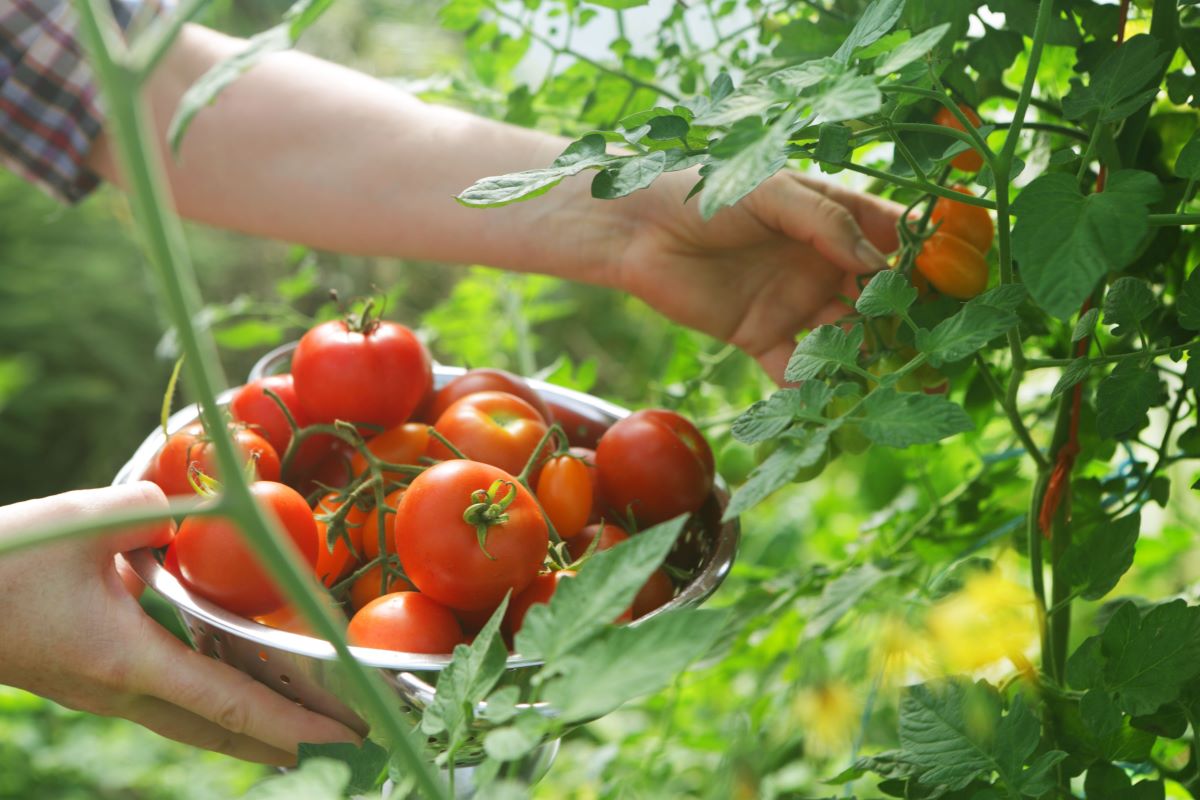


0 thoughts on “How Much Sun Does A Vegetable Garden Need”